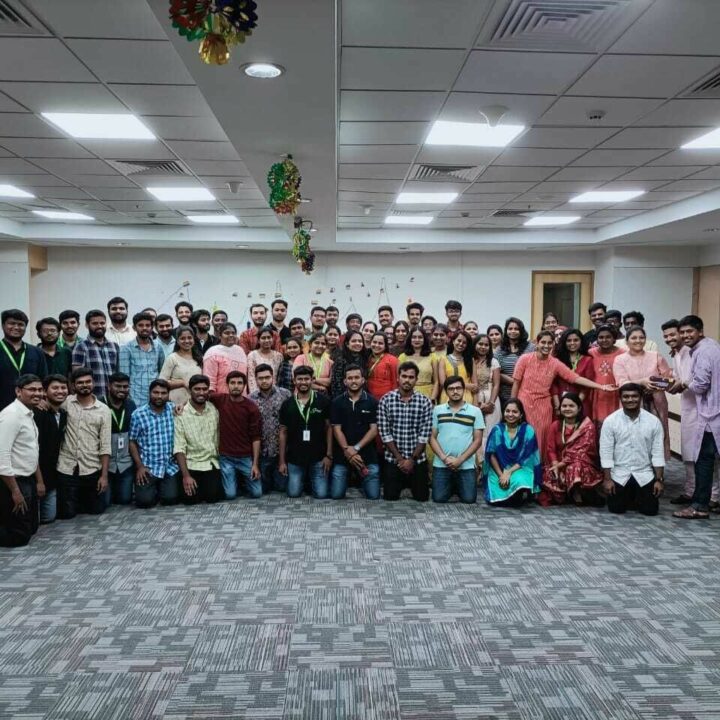Table Of Content

With the proper simulation, it is destined to become a guide for building the prototype. Mastering FPGA design flow is crucial for various industries, including medical, transport, industrial, audio/video, space, and machine learning/computer vision. RTL design is a critical phase in the creation of digital electronic systems, providing a necessary bridge between conceptual design and physical realization. Whether you’re a budding engineer or a seasoned professional, understanding RTL design is crucial for navigating the world of digital electronics.
Skills required for the job
RTL NFL Broadcast Set Design Gallery - NewscastStudio
RTL NFL Broadcast Set Design Gallery.
Posted: Thu, 28 Mar 2024 10:40:28 GMT [source]
IP cores, pre-designed RTL components, can be integrated into a larger SoC design, allowing for faster development and reducing time-to-market [3]. For example, in a mobile device design, power gating can be used to turn off the GPS module when it is not in use to save power. Partitioning can be done in several ways, depending on the requirements of the design. One common method is functional partitioning, where the design is divided based on its functional blocks.
How to implement RTL code without disrupting theme design?
It has been named in the Top 400 Printing Company Printing Impressions multiple times. Tornado Creative is a brand-building firm that has delivered graphic design solutions to Los Angeles businesses for more than two decades. Using strategic thinking and storytelling techniques, the agency designs and creates brand-building essentials that include environmental graphics, packaging, print materials, websites, and event and exhibition displays. Tornado Creative, which works with companies of all sizes, has designed for numerous well-known clients, such as UCLA, Capitol Records, and Cedars-Sinai Medical Center. An RTL engineer, in a nutshell, is a highly qualified engineer who not only takes care of the abstraction but also is pivotal in holding multiple departments together for timely design and delivery.
Impact on Integrated Circuit Design
Therefore, creating a comprehensive set of test vectors that can effectively exercise all functional aspects of the design is a challenging task. RTL optimization is a complex and challenging task that requires a deep understanding of the design and the optimization techniques. However, it is a crucial step in the RTL design process, as it can significantly improve the PPA of the design and make it more competitive in the market. Both languages provide constructs for describing registers, operations, and data flows, as well as control structures for specifying the sequence of operations.
Design and Simulation
HLS is a critical step in the RTL design process as it allows designers to describe the system's behavior in a high-level language, which is easier to understand and write than low-level HDL code. This not only speeds up the design process but also reduces the chance of errors. High-level synthesis (HLS) is the process of transforming a high-level system description into an equivalent RTL description. This involves translating the system's behavior, specified in a high-level language such as C or C++, into an equivalent RTL description in a hardware description language (HDL) like VHDL or Verilog. The next stage is RTL coding, where the RTL description is further refined and optimised.
Optimization Techniques
The advancement in the RTL languages RTL design flow is also part of the ASIC design flow. Both have the same initial design flow starting from the design specification and RTL. Either you want to do the RTL for FPGA and ASIC, the RTL design will remain the same.
Intro to RTL Design: Crafting the Heart of Digital Systems

For example, consider a high-level description of a system that performs a simple arithmetic operation, such as adding two numbers. RTL design provides an abstraction that makes it possible to design and verify systems that contain millions of transistors. It provides a manageable way to design complex digital systems and is a critical step in transforming a high-level system description into a fabricated integrated circuit. RTL design allows designers to create digital circuits that are easier to understand, debug, and verify. It also allows for faster design iteration, as changes can be made at the RTL level rather than requiring changes to be made at the gate-level.
Synthesis and Optimization in FPGA Design Flow
From IP development to digital subsystem designing to exposure to FPGA platforms like Xilinx or Altera, he is one army person who takes the product development to the next phase. This article provides an overview of Register Transfer Level (RTL) Design, it describes the fundamentals of RTL design and the process of RTL design. The article will also discuss RTL synthesis, RTL for synchronous and asynchronous design, RTL simulation, RTL in FPGA and ASIC and RTL design tools. Simulation tools allow the designer to test the RTL design using input stimuli and observe the output responses, to ensure that the design behaves as intended. Synthesis tools take the RTL code as input and produce a gate-level netlist as output. RTL design is crucial in IP (Intellectual Property) design and System-on-Chip (SoC) integration.
Sheila Buchanan Designs
Verification tools are used to check the design for correctness and completeness and can include formal verification methods such as model checking and theorem proving. It is important to consider various factors such as timing, power, and area constraints. Timing constraints refer to the speed at which the circuit must operate, and ensuring that the design meets these constraints is crucial for correct operation.
It involves analyzing the RTL description, applying various optimization techniques to improve the performance, power, and area of the design, and generating the gate-level netlist. RTL synthesis is important because it bridges the gap between the digital design and the physical design, and it plays a crucial role in meeting the design requirements. Register-Transfer Level (RTL) design is a methodology used for designing digital circuits.
RTL design promotes design reusability by enabling designers to create modular and reusable components. By designing at the RTL level, designers can encapsulate functionality into separate modules, which can be reused in different projects or integrated into larger systems. This can be achieved by techniques such as resource sharing, where multiple parts of the design share the same resources, and constant propagation, where constants are propagated through the design to simplify operations.
This complexity can lead to longer design times, increased risk of design errors, and difficulty in meeting performance, power, and area requirements. RTL optimization is a critical step in the RTL design process that aims to improve the performance, power, and area (PPA) of the design. [6] This involves refining the RTL description to make it more efficient and effective in meeting the design requirements.
The difference starts after synthesizing FPGA does not require designer efforts to do floor planning and place and route instead done by the tool. ASIC designer needs to do the floor planning and route to optimize the design for better performance. RTL synthesizer primary responsibility is to convert the code into the gate-level netlist.
It refers to the process of creating a digital circuit design using a hardware description language (HDL) to define the data flow and the behavior of registers and combinational logic. RTL design plays a significant role in FPGA design, as it allows designers to specify and verify the functionality of their design before moving on to synthesis and optimization. When designing digital integrated circuits with a hardware description language (HDL), the designs are usually engineered at a higher level of abstraction than transistor level (logic families) or logic gate level. The term refers to the fact that RTL focuses on describing the flow of signals between registers. It refers to the process of translating high-level programming languages, such as C, C++, or SystemC, into hardware descriptions that can be implemented on Field-Programmable Gate Arrays (FPGAs). The primary purpose of HLS is to increase design productivity, reduce time-to-market, and enable designers to focus on algorithm development and optimization.

No comments:
Post a Comment